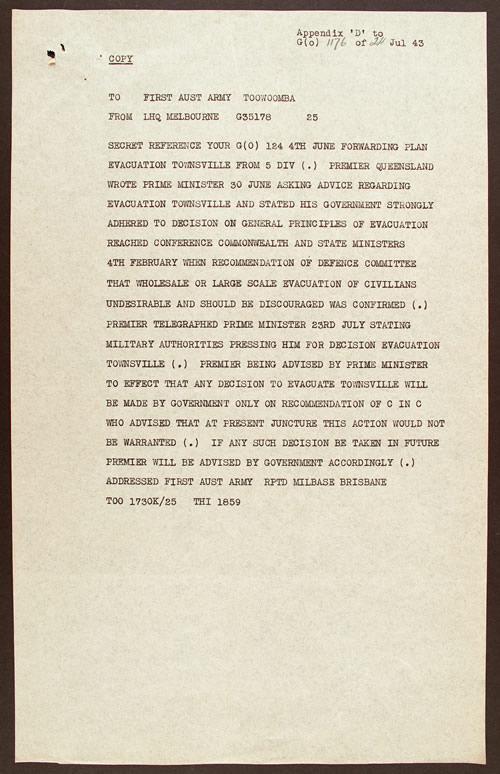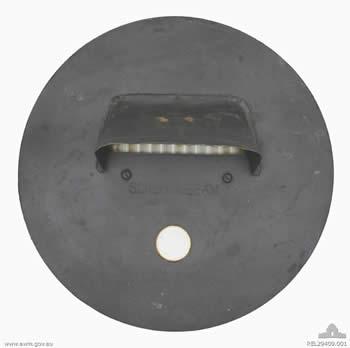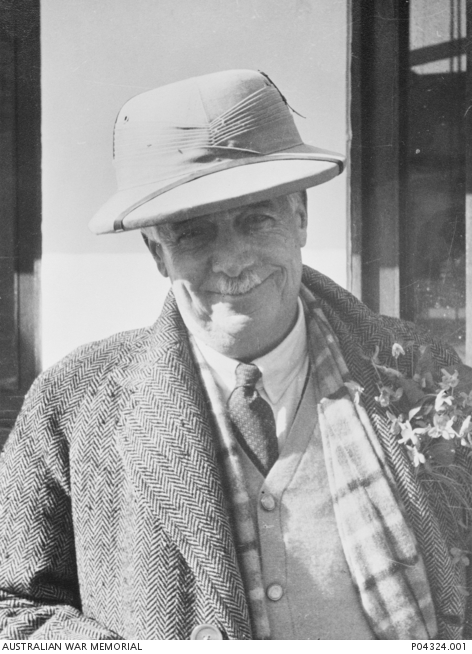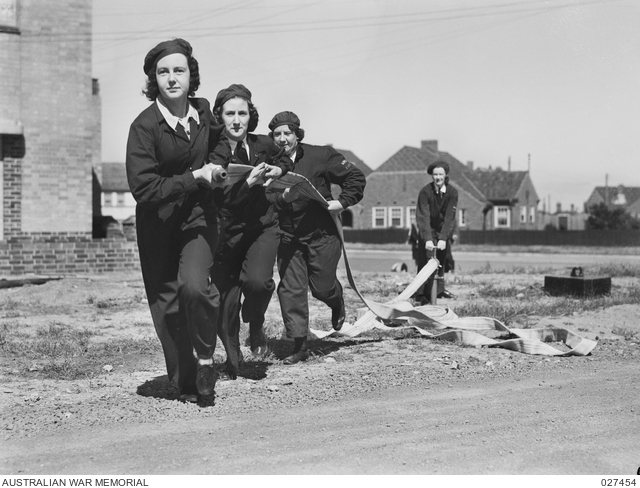Australia under attack: Air Raid Precautions
Few Australian cities had the sort of anti-aircraft defences that protected London during the Blitz of 1940. However, Australians prepared for the attack with whatever resources they had to hand. Volunteer air observers were constantly vigilant and civilians of all ages practiced concealment.
Air Raid Precautions (ARP) is one of the most remembered aspects of home-front Australia. Wardens carried gas masks, helmets and rattles or whistles. Schoolchildren were issued identity tags, in case they had to be evacuated to somewhere safer, and told to carry something to bite on to limit the shock of bomb blast. People often found it difficult to take ARP drill seriously, but there was a serious purpose behind it.
In the rush to prepare for the looming threat many organisations were formed with overlapping tasks. Poor communication and coordination occasionally led to competition for resources and some waste of effort.
ARP exercises
Dr William Read, a First World War veteran and local air raid warden, made and used these 12 model buildings to plan ARP exercises. They represent buildings from a section of the northern Sydney suburb of Wahroonga. Dr Read’s daughter, Margaret, recalled: “He used these to play ‘war games’ with his fellow wardens and had them set up on the verandah of his home at Cleveland Street, Wahroonga.”
ARP exercises Melbourne
On 1 November 1942, extensive ARP exercises were carried out under air raid conditions by 5,000 ARP workers in seven municipalities of the city of Melbourne under air raid conditions. In order to make the exercise as realistic as possible, mocked up Japanese bombs and scores of ‘casualties’ were employed.

Advice on the evacuation of Townsville

Screen-A-Beam headlight masks








